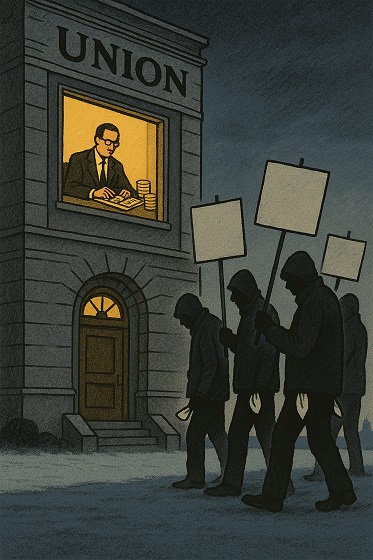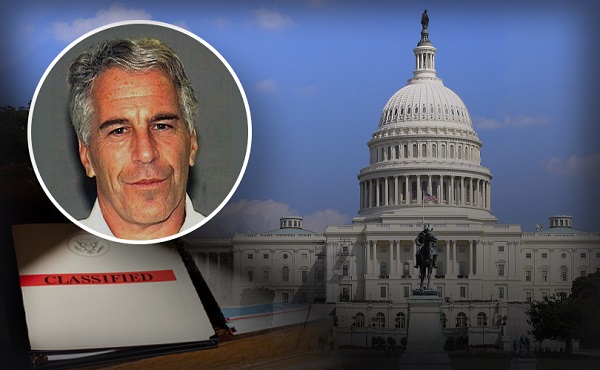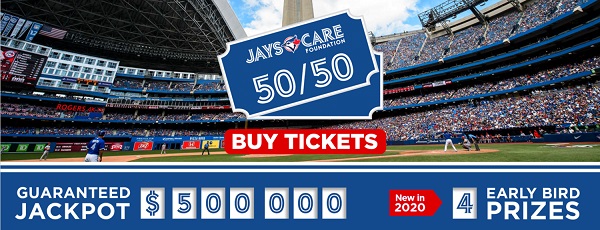Uncategorized
Police: Motive unknown in Wisconsin office shooting

MIDDLETON, Wis. — Authorities said they still don’t know why an employee at a Wisconsin software company went to his office with a pistol and extra ammunition and began firing on his colleagues, seriously injuring several, before he was fatally shot by police.
Middleton Police Chief Chuck Foulke said the shooting happened Wednesday morning at WTS Paradigm. Officers were alerted to an active-shooter situation at 10:26 a.m. and arrived to find a man armed with a semi-automatic pistol and extra ammunition. The man fired at officers before he was shot, and he later died at a Madison hospital.
Foulke said four officers fired their weapons within eight minutes of getting the call, preventing more bloodshed.
“I think a lot less people were injured or killed because police officers went in and neutralized the shooter,” Foulke said.
Foulke released few details about the suspect: that he was an employee of WTS Paradigm and lived in nearby Madison.
The chief said he didn’t know if victims were targeted, adding that investigators were following all leads.
“We have reason to believe the suspect was heavily armed with a lot of extra ammunition, a lot of extra magazines,” Foulke said.
Judy Lahmers, a business analyst at WTS Paradigm, said she was working at her desk when she heard what sounded “like somebody was dropping boards on the ground, really loud.” Lahmers said she ran out of the building and hid behind a car.
She said the building’s glass entrance door was shattered.
“I’m not looking back, I’m running as fast as I can. You just wonder, ‘Do you hide or do you run?'” she told The Associated Press.
She said she knew one co-worker had been grazed by a bullet but was OK. She didn’t have any other information about the shooting but said it was “totally unexpected. We’re all software people. We have a good group.”
WTS Paradigm Marketing Manager Ryan Mayrand said in a statement Wednesday evening that the company was “shocked and heartbroken” and was working to set up
University Hospital in Madison confirmed Wednesday evening that it was still treating three victims from the shooting, saying one was in critical condition and two were in serious condition.
Police conducted a secondary search of the office building after the shooting to ensure there were no more victims or suspects — and officers discovered some people still hiding in the building, which also houses Esker Software.
Gabe Geib, a customer advocate at Esker Software, said he was working at his desk when he heard what “sounded like claps.” He said he then saw people running away from the building at “full sprint.”
“We knew at that point that something was going down. A ton of people were running across the street right in front of us,” he said.
Geib said he and his colleagues were still huddled in their cafeteria, away from windows, more than an hour after the shooting.
Jeff Greene, who also works at Esker, said police told those gathered in the cafeteria to go to a nearby hotel to make a statement about what they saw.
Three yellow school buses full of more than 100 people, including witnesses, were unloaded at a hotel about 5 miles (8
WTS Paradigm makes software for the building products industry. A Wisconsin State Journal profile from 2014 listed company employment at about 145 employees and noted the company was looking to move to a larger location at the time.
The company’s
A shopping
Middleton is about 90 miles (145
___
Associated Press writers Gretchen Ehlke in Milwaukee, and Amy Forliti and Jeff Baenen in Minneapolis contributed to this report.
Todd Richmond And Scott Bauer, The Associated Press
Uncategorized
Cost of bureaucracy balloons 80 per cent in 10 years: Public Accounts

The cost of the bureaucracy increased by $6 billion last year, according to newly released numbers in Public Accounts disclosures. The Canadian Taxpayers Federation is calling on Prime Minister Mark Carney to immediately shrink the bureaucracy.
“The Public Accounts show the cost of the federal bureaucracy is out of control,” said Franco Terrazzano, CTF Federal Director. “Tinkering around the edges won’t cut it, Carney needs to take urgent action to shrink the bloated federal bureaucracy.”
The federal bureaucracy cost taxpayers $71.4 billion in 2024-25, according to the Public Accounts. The cost of the federal bureaucracy increased by $6 billion, or more than nine per cent, over the last year.
The federal bureaucracy cost taxpayers $39.6 billion in 2015-16, according to the Public Accounts. That means the cost of the federal bureaucracy increased 80 per cent over the last 10 years. The government added 99,000 extra bureaucrats between 2015-16 and 2024-25.
Half of Canadians say federal services have gotten worse since 2016, despite the massive increase in the federal bureaucracy, according to a Leger poll.
Not only has the size of the bureaucracy increased, the cost of consultants, contractors and outsourcing has increased as well. The government spent $23.1 billion on “professional and special services” last year, according to the Public Accounts. That’s an 11 per cent increase over the previous year. The government’s spending on professional and special services more than doubled since 2015-16.
“Taxpayers should not be paying way more for in-house government bureaucrats and way more for outside help,” Terrazzano said. “Mere promises to find minor savings in the federal bureaucracy won’t fix Canada’s finances.
“Taxpayers need Carney to take urgent action and significantly cut the number of bureaucrats now.”
Table: Cost of bureaucracy and professional and special services, Public Accounts
| Year | Bureaucracy | Professional and special services |
|
$71,369,677,000 |
$23,145,218,000 |
|
|
$65,326,643,000 |
$20,771,477,000 |
|
|
$56,467,851,000 |
$18,591,373,000 |
|
|
$60,676,243,000 |
$17,511,078,000 |
|
|
$52,984,272,000 |
$14,720,455,000 |
|
|
$46,349,166,000 |
$13,334,341,000 |
|
|
$46,131,628,000 |
$12,940,395,000 |
|
|
$45,262,821,000 |
$12,950,619,000 |
|
|
$38,909,594,000 |
$11,910,257,000 |
|
|
$39,616,656,000 |
$11,082,974,000 |
Uncategorized
Trump Admin Establishing Council To Make Buildings Beautiful Again


From the Daily Caller News Foundation
By Jason Hopkins
The Trump administration is creating a first-of-its-kind task force aimed at ushering in a new “Golden Age” of beautiful infrastructure across the U.S.
The Department of Transportation (DOT) will announce the establishment of the Beautifying Transportation Infrastructure Council (BTIC) on Thursday, the Daily Caller News Foundation exclusively learned. The BTIC seeks to advise Transportation Secretary Sean Duffy on design and policy ideas for key infrastructure projects, including highways, bridges and transit hubs.
“What happened to our country’s proud tradition of building great, big, beautiful things?” Duffy said in a statement shared with the DCNF. “It’s time the design for America’s latest infrastructure projects reflects our nation’s strength, pride, and promise.”
“We’re engaging the best and brightest minds in architectural design and engineering to make beautiful structures that move you and bring about a new Golden Age of Transportation,” Duffy continued.
Mini scoop – here is the DOT’s rollout of its Beautifying Transportation Infrastructure Council, which will be tasked with making our buildings beautiful again. pic.twitter.com/
9iV2xSxdJM — Jason Hopkins (@jasonhopkinsdc) October 23, 2025
The DOT is encouraging nominations of the country’s best architects, urban planners, artists and others to serve on the council, according to the department. While ensuring that efficiency and safety remain a top priority, the BTIC will provide guidance on projects that “enhance” public areas and develop aesthetic performance metrics.
The new council aligns with an executive order signed by President Donald Trump in August 2025 regarding infrastructure. The “Making Federal Architecture Beautiful Again” order calls for federal public buildings in the country to “respect regional architectural heritage” and aims to prevent federal construction projects from using modernist and brutalist architecture styles, instead returning to a classical style.
“The Founders, in line with great societies before them, attached great importance to Federal civic architecture,” Trump’s order stated. “They wanted America’s public buildings to inspire the American people and encourage civic virtue.”
“President George Washington and Secretary of State Thomas Jefferson consciously modeled the most important buildings in Washington, D.C., on the classical architecture of ancient Athens and Rome,” the order continued. “Because of their proven ability to meet these requirements, classical and traditional architecture are preferred modes of architectural design.”
The DOT invested millions in major infrastructure projects since Trump’s return to the White House. Duffy announced in August a $43 million transformation initiative of the New York Penn Station in New York City and in September unveiledmajor progress in the rehabilitation and modernization of Washington Union Station in Washington, D.C.
The BTIC will comprise up to 11 members who will serve two-year terms, with the chance to be reappointed, according to the DOT. The task force will meet biannually. The deadline for nominations will end Nov. 21.
-

 Business1 day ago
Business1 day agoNew airline compensation rules could threaten regional travel and push up ticket prices
-

 Great Reset2 days ago
Great Reset2 days agoEXCLUSIVE: The Nova Scotia RCMP Veterans’ Association IS TARGETING VETERANS with Euthanasia
-
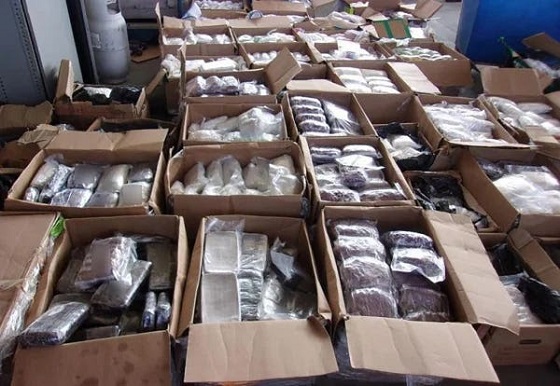
 Crime1 day ago
Crime1 day agoHow Global Organized Crime Took Root In Canada
-

 Digital ID2 days ago
Digital ID2 days agoLeslyn Lewis urges fellow MPs to oppose Liberal push for mandatory digital IDs
-
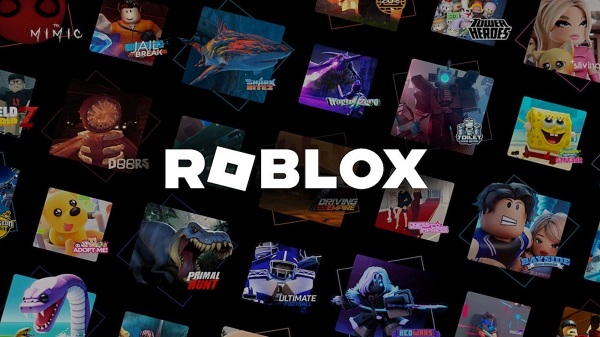
 Digital ID1 day ago
Digital ID1 day agoRoblox to Mandate Facial and ID Verification
-

 Business1 day ago
Business1 day agoThe numbers Canada uses to set policy don’t add up
-

 Business1 day ago
Business1 day agoWill the Port of Churchill ever cease to be a dream?
-
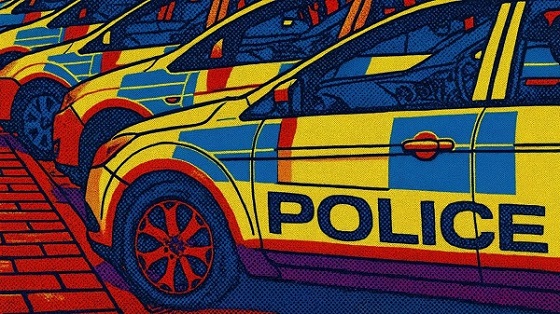
 Censorship Industrial Complex1 day ago
Censorship Industrial Complex1 day agoMove over Soviet Russia: UK Police Make 10,000 Arrests Over “Offensive” Online Speech




